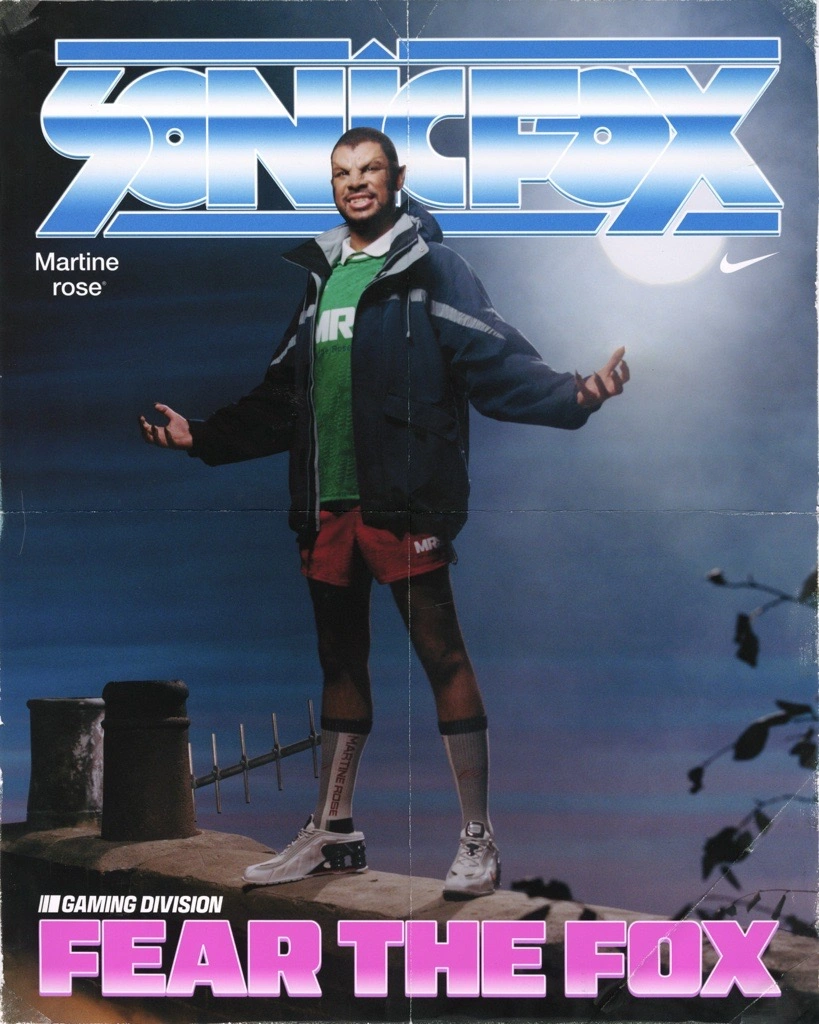Nestled on the bustling corner of Ludlow and Houston Streets, Katz’s Delicatessen is more than just a New York institution; it is a testament to the enduring power of tradition, community, and exceptional food. Opened in 1888 as the city’s first true delicatessen, Katz’s has stood resilient through decades of change, both in the culinary world and the surrounding Lower East Side neighborhood. Today, its famous pastrami sandwiches continue to draw locals, tourists, and celebrities alike, often forming a line that stretches well beyond its iconic neon-lit doors.
This article explicates into Katz’s rich history, its role in shaping neighborhood trends, and how its timeless appeal continues to thrive in a rapidly modernizing cityscape. The deli’s story is not just about sandwiches—it’s about survival, community, and the irreplaceable charm of old New York.
A Rich History Rooted in Tradition
Katz’s Delicatessen began in 1888 when Morris and Hyman Iceland opened a small deli on Ludlow Street, serving Eastern European Jewish immigrants who had settled in the Lower East Side. In 1910, Willy Katz and his cousin Benny bought out the Iceland brothers, and the deli was officially renamed Katz’s Delicatessen. From its earliest days, Katz’s became a cornerstone of the neighborhood, providing hearty, kosher-style meals to families and workers who sought comfort in its warm atmosphere and traditional flavors.
During World War II, Katz’s gained further notoriety with its “Send a Salami to Your Boy in the Army” campaign, which allowed families to send care packages to soldiers overseas. This simple yet meaningful gesture not only cemented the deli’s place in the hearts of New Yorkers but also reinforced its identity as a family-driven business with a deep commitment to its community.
Today, Katz’s stands as the oldest operating delicatessen in New York City, proudly maintaining much of its original character. The wood-paneled walls, vintage signage, and hand-carved meats served with a personal touch evoke a sense of nostalgia for a bygone era.
The Famous Pastrami Sandwich: A Culinary Legend
At the heart of Katz’s enduring appeal is its pastrami sandwich—a towering masterpiece of tender, smoky, and perfectly seasoned meat served on fresh rye bread with a slather of mustard. The pastrami is cured for weeks, smoked to perfection, and hand-carved to order, ensuring every bite is a harmonious blend of textures and flavors. Each sandwich contains a generous portion of meat, often spilling out from the edges of the bread, creating a sensory experience that’s as visually satisfying as it is delicious.
Katz’s pastrami sandwiches have become synonymous with New York City’s culinary identity, drawing patrons from around the world. On any given day, customers can be seen taking photos of their meals or recreating the famous “When Harry Met Sally” scene filmed at Katz’s in 1989. The deli’s slogan, “We cure our own corned beef,” reflects its dedication to preserving traditional methods that have stood the test of time.
Neighborhood Evolution: From Immigrant Enclave to Trendy Hub
The Lower East Side has undergone dramatic transformations over the decades, evolving from an immigrant enclave in the late 19th and early 20th centuries to a trendy cultural hotspot in the 21st. Katz’s Delicatessen has been a constant presence amid these changes, adapting without losing its authenticity.
Early Days: An Immigrant Stronghold
In its early years, the Lower East Side was home to a large population of Jewish immigrants who brought with them culinary traditions that shaped Katz’s menu. Delicatessens like Katz’s provided not only food but also a sense of community, offering a place where people could gather, share stories, and enjoy familiar flavors from their homelands.
Mid-20th Century: Decline and Renewal
By the mid-20th century, the neighborhood faced economic decline as wealthier residents moved to other parts of the city. Katz’s remained a cultural anchor during this period, continuing to serve loyal customers while adapting to a changing demographic.
Contemporary Revival: A Trendy Destination
Today, the Lower East Side is a thriving hub of art, fashion, and nightlife, attracting a mix of locals, tourists, and creative professionals. Luxury condos, boutique hotels, and trendy restaurants now share space with historic tenements and mom-and-pop shops. Despite the influx of new developments, Katz’s has retained its old-world charm, standing as a living relic of the neighborhood’s rich history.
The Iconic Wait Line: A Testament to Timeless Appeal
One of the most striking sights outside Katz’s is the perpetual line of patrons waiting to get inside. Rain or shine, the crowd is a mix of loyal regulars, curious tourists, and food enthusiasts eager to experience a piece of culinary history. The wait often becomes part of the experience, as people chat about their excitement, snap photos, or share recommendations.
The long wait can be attributed to several factors:
Hand-Carved Meats: Unlike many modern delis, Katz’s takes the time to hand-carve each slice of pastrami or corned beef, ensuring top-quality texture and flavor.
Tourist Destination: Katz’s status as a cultural icon means it’s on the itinerary of nearly every food lover visiting New York City.
Old-School Charm: From its ticketing system (a throwback to simpler times) to its no-frills dining experience, Katz’s offers a slice of nostalgia that resonates with people across generations.
Balancing Tradition and Modern Trends
While Katz’s remains steadfast in its commitment to tradition, it has also embraced modern trends to stay relevant. The deli has expanded its reach through online shipping, allowing customers to order their famous pastrami, corned beef, and other specialties from anywhere in the United States. Social media platforms like Instagram have also played a role in keeping Katz’s in the spotlight, with food influencers and celebrities frequently sharing their visits.
In 2021, Katz’s introduced a collaboration with local breweries to create craft beers inspired by their menu, such as a pastrami-inspired ale. These innovative initiatives demonstrate the deli’s ability to honor its roots while embracing contemporary tastes.
The Role of Katz’s in Community and Culture
Katz’s Delicatessen is more than just a place to grab a sandwich—it’s a cultural institution that embodies the spirit of New York. From its role in family celebrations to its appearances in films and television, Katz’s has become ingrained in the city’s identity.
Famous Visitors
Over the years, Katz’s has welcomed countless celebrities, politicians, and public figures, cementing its status as a destination for the famous and the everyday alike. The deli proudly displays photos of its famous patrons on its walls, serving as a visual history of its enduring appeal.
A Gathering Place
For locals, Katz’s is a gathering place where memories are made. Generations of New Yorkers have celebrated milestones, caught up with old friends, or simply enjoyed a quiet moment over a pastrami sandwich.
Pop Culture Icon
The deli’s cameo in the romantic comedy When Harry Met Sally is perhaps its most famous moment in pop culture, drawing fans from around the globe to recreate the iconic scene.
A Timeless Deli of New York
As New York City continues to evolve, Katz’s Delicatessen stands as a reminder of the city’s rich history and resilience. Its ability to maintain authenticity while adapting to the times ensures that it will remain a beloved institution for generations to come. Whether you’re savoring a pastrami sandwich for the first time or returning as a loyal customer, a visit to Katz’s is more than a meal—it’s an experience steeped in tradition, culture, and community.
In the words of its iconic neon sign, “Send a salami to your boy in the Army”—because Katz’s isn’t just a deli; it’s a New York City treasure.
No comments yet.








